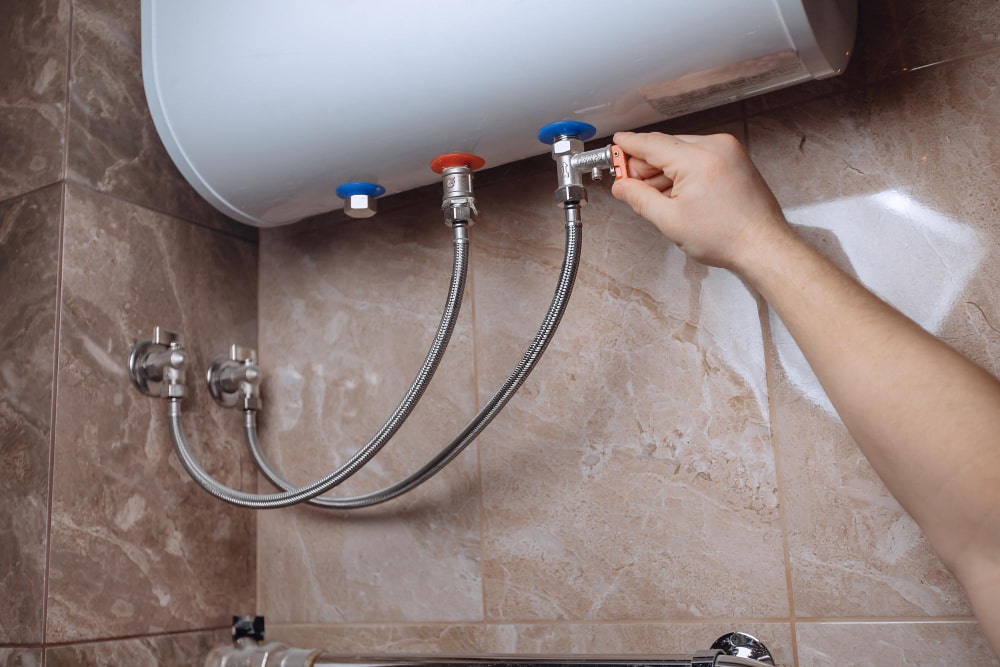Useful Techniques for Maintaining Your Home's Hot Water System
Make An AppointmentWhat're your opinions about Tips on Maintaining a Water Heater?

Warm water is important for everyday convenience, whether it's for a revitalizing shower or cleaning recipes. To ensure your hot water system runs successfully and lasts longer, regular upkeep is essential. This short article offers functional pointers and understandings on how to preserve your home's warm water system to stay clear of disruptions and expensive fixings.
Introduction
Keeping your home's hot water system may appear overwhelming, but with a few simple steps, you can guarantee it runs smoothly for many years ahead. This guide covers whatever from recognizing your warm water system to DIY maintenance ideas and knowing when to contact specialist help.
Significance of Keeping Your Hot Water System
Normal upkeep not just extends the lifespan of your hot water system but also ensures it operates successfully. Neglecting maintenance can result in reduced performance, greater energy expenses, and also premature failure of the system.
Indications Your Hot Water System Requirements Upkeep
Knowing when your hot water system needs focus can avoid major problems. Watch out for signs such as irregular water temperature level, unusual sounds from the heating system, or rusty water.
Understanding Your Hot Water System
Prior to diving into maintenance tasks, it's practical to understand the basic components of your warm water system. Generally, this includes the water heater itself, pipes, anode poles, and temperature level controls.
Month-to-month Maintenance Tasks
Routine regular monthly checks can assist capture small problems prior to they intensify.
Purging the Hot Water Heater
Purging your hot water heater eliminates sediment accumulation, improving efficiency and lengthening its life.
Monitoring and Replacing Anode Rods
Anode rods protect against deterioration inside the storage tank. Examining and changing them when worn out is crucial.
Evaluating and Readjusting Temperature Settings
Readjusting the temperature settings makes certain ideal performance and safety.
DIY Tips for Upkeep
You can execute numerous upkeep tasks yourself to maintain your warm water system in leading condition.
Checking for Leakages
Consistently check pipes and connections for leakages, as these can cause water damage and higher costs.
Examining Stress Alleviation Valves
Checking the stress safety valve ensures it operates properly and avoids excessive stress accumulation.
Insulating Pipelines
Protecting hot water pipelines decreases heat loss and can conserve energy.
When to Call a Specialist
While DIY maintenance is beneficial, some concerns need professional experience.
Complex Concerns Needing Professional Aid
Instances include significant leaks, electrical troubles, or if your hot water heater is regularly underperforming.
Routine Specialist Upkeep Benefits
Expert upkeep can consist of thorough evaluations, tune-ups, and making certain conformity with safety requirements.
Conclusion
Routine upkeep of your home's hot water system is crucial for effectiveness, longevity, and expense financial savings. By following these pointers and recognizing when to look for expert assistance, you can make certain a reputable supply of warm water without unanticipated disruptions.
How to Maintain an Instant Hot Water Heater
Before tinkering with your hot water heater, make sure that it’s not powered on. You also have to turn off the main circuit breaker and shut off the main gas line to prevent accidents. Also turn off the water valves connected to your unit to prevent water from flowing into and out of the appliance. 2. When you’re done, you have to detach the purge valves’ caps. These look like the letter “T†and are situated on either side of the water valves. Doing so will release any pressure that has accumulated inside the valves while at the same time avoid hot water from shooting out and burning your skin. 3. When the purge valves’ caps are removed, you have to connect your hosing lines to the valves. Your unit should have come with three hoses but if it didn’t, you can purchase these things from any hardware or home repair shops. You can also get them from retail stores that sell water heating systems. Read the user’s manual and follow it to complete this task properly. When the hosing lines are connected, open the purge port’s valves. 4. You should never use harsh chemical cleaners or solutions when cleaning your unit. Make use of white vinegar instead. It should be undiluted and you’ll probably use about 2 gallons. 5. Now flush your water heater. This task should probably take about 40 minutes. We can’t give you specific directions for this because the procedure is carried out depending on the type, model and brand of your heater. With that being said, refer to the user’s manual. 6. When you’re done draining the unit, you have to turn off the purge port valves again. Remove the hosing lines that you earlier installed on each of the water valves. Put the valve caps (purge port) back in their respective places and be very careful so as not to damage the rubber discs that are found inside these caps. 7. Now that everything’s back in place, check your user’s manual again to find out how to reactivate your water heating system. 8. Once it is working, turn one of your hot water faucets on just to let air pass through the heater’s water supply pipes. Leave the tap on until water flows smoothly out of it. https://www.orrplumbing.com/blog/2014/september/how-to-maintain-an-instant-hot-water-heater/

I was introduced to that article about What Kind of Maintenance Do Water Heaters Need? through someone on our other web page. Appreciated our blog entry? Please quickly share it. Let others discover it. I praise you for being here. Kindly check up our website back soon.
Call Today